
In a quick tidbit of sports tech news, Apple has announced that Apple Watches that were purchased in the US without the SpO2 (blood oxygen) feature will now get that feature enabled via a software update later today.
As a brief reminder of this long and winding drama, Apple got sued by Masimo for patent infringement. Apple lost some court battles, won others, but ultimately lost the ability to sell Apple Watch units in the US with the feature enabled (from January 17th, 2024). Existing owners who bought before that could keep the feature, and the company could continue selling units outside the US without issue. This impacted Apple Watch Series 9, Series 10, and Apple Watch Ultra 2 units only. It did not matter where you used the Apple Watch, but specifically the place/origin of purchase (just US units were impacted).
Thus, either you never had the Blood Oxygen feature, or, perhaps you did have it on a previous Apple Watch, and then lost it when you upgraded to new hardware.
In any case, Apple says that they’ve redesigned the software components, and a recent ruling by the US CBP (which is the US agency that enacted the ban), allows them to enable this:
“Users with these models in the U.S. who currently do not have the Blood Oxygen feature will have access to the redesigned Blood Oxygen feature by updating their paired iPhone to iOS 18.6.1, and their Apple Watch to watchOS 11.6.1. Following this update, sensor data from the Blood Oxygen app on Apple Watch will be measured and calculated on the paired iPhone, and results can be viewed in the Respiratory section of the Health app. This update was enabled by a recent U.S. Customs ruling.”
In addition, for users who are on the WatchOS 26 bandwagon, this update won’t cover you. Apple hasn’t specified when the feature will join the WatchOS 26 train, but obviously, that’ll probably happen sooner rather than later.
It’s worthwhile noting, though, that with the ‘redesigned’ feature to comply with legal bits, users won’t be able to see the value directly on their wrist, but instead, software will do the processing, and it’ll be available on your phone. In other words, the watch will collect the sensor data, and then the phone will display said sensor data to the user. Welcome to the wonderful world of patent nuance.
It’s funny, I was just thinking about this the other day, in relation to what I presume would be new watches in the September timeframe per their annual update cycle. Undoubtedly, there are some people this has impacted, though I suspect that it changed the purchasing trajectory of very few individuals. I think in part because out of all of the health metrics that modern smartwatches have, I’d argue that for most people, this is one of the less important features.
Does it have value? Certainly, when used correctly (specifically around band fit, and when the measurements are taken). But for the most part, many wearables gather this data overnight, and while that can have trending value if the accuracy is good, oftentimes how people wear watches can drive accuracy issues in this realm.
In terms of Apple’s use of this feature, they elevated its visibility when they introduced the Vitals app as part of WatchOS 11 last year. It was part of one of the five metrics they covered within that feature, including:
– Heart Rate
– Respiratory Rate
– Wrist Temperature
– Blood Oxygen
– Sleep Duration
How this looks for US users with respect to Blood Oxygen showing up in the vitals feature, we’ll have to see later today.
In any case, if you were in the camp of purchasing a US-based Apple Watch since that date, you’ve got yourself a new feature today.
With that, thanks for reading!
FOUND THIS POST USEFUL? SUPPORT THE SITE!
Hopefully, you found this post useful. The website is really a labor of love, so please consider becoming a DC RAINMAKER Supporter. This gets you an ad-free experience, and access to our (mostly) bi-monthly behind-the-scenes video series of “Shed Talkin’”.
Support DCRainMaker - Shop on Amazon
Otherwise, perhaps consider using the below link if shopping on Amazon. As an Amazon Associate, I earn from qualifying purchases. It doesn’t cost you anything extra, but your purchases help support this website a lot. It could simply be buying toilet paper, or this pizza oven we use and love.






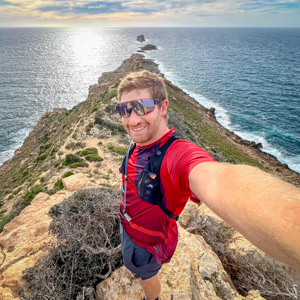





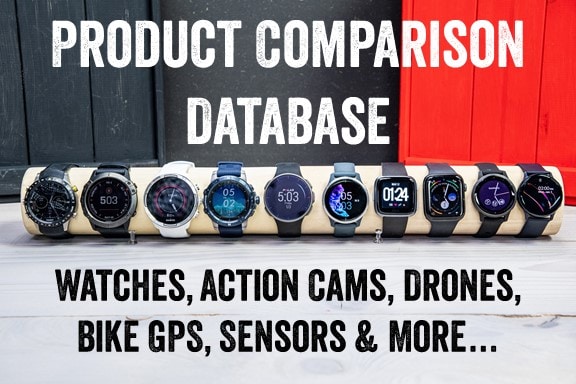
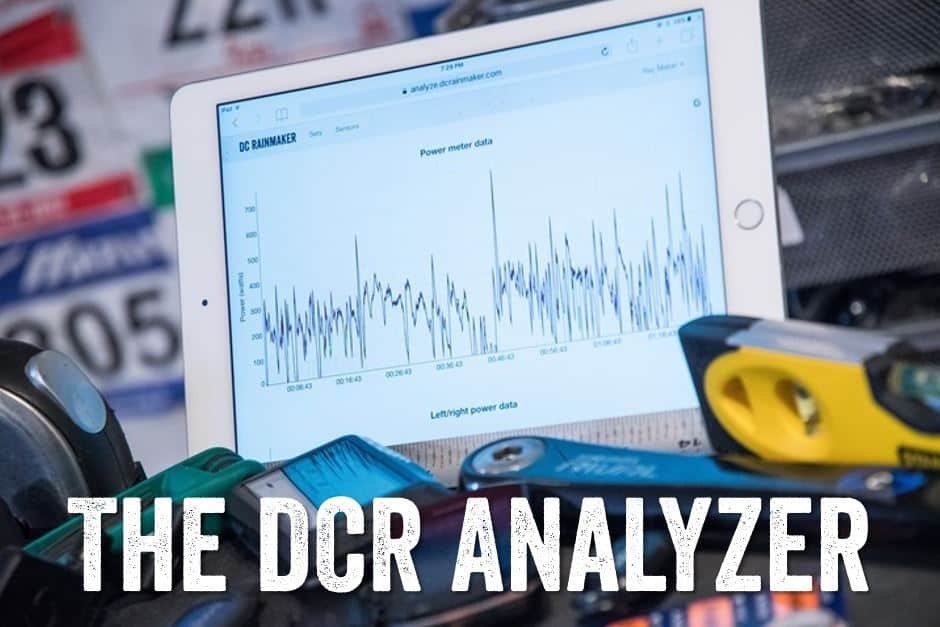


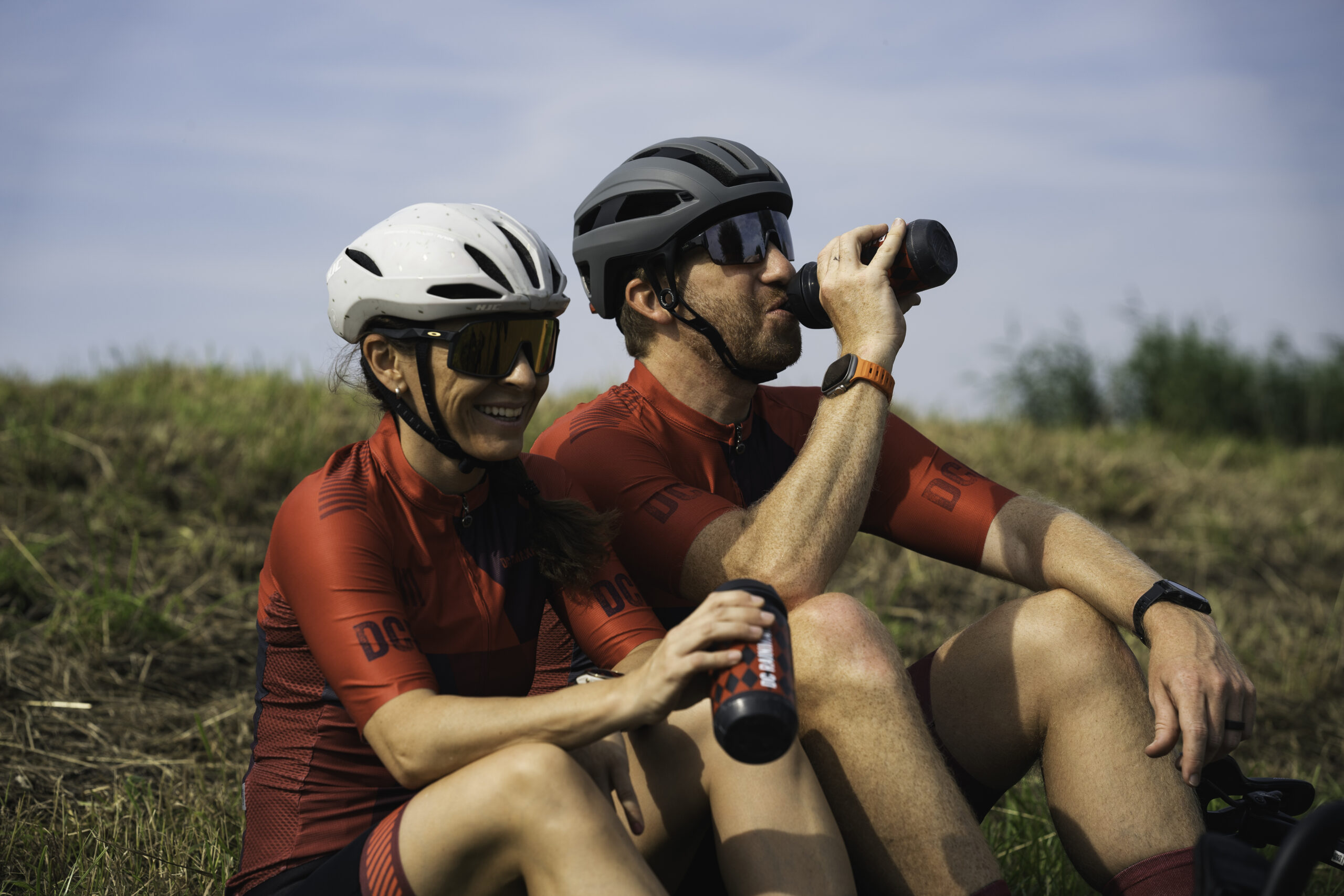
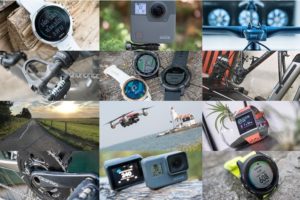
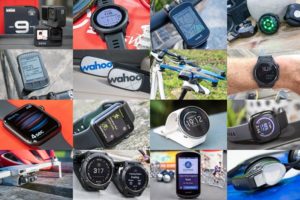

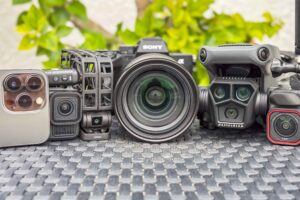

Great! I hope this is the case for new purchases. I have been thinking of upgrading my Ultra 1 but did not want to lose blood ox.
Ray, in the first sentence it should be Watches, not “Watch’s”…
seems like you are using the apple watch a lot these days? would you say you use it more than your fenix 8? seems like ultra is your daily.
I doubt this will be successful in avoiding another lawsuit with Masimo. I bet this workaround also gets banned. Masimo will end up playing patent Whack-a-Mole with Apple until they settle.
In the only actual court case, Masimo was unable to convince a jury that Apple was infringing – 6 of 7 jurors voted against Masimo. Masimo’s import ban was based on a ruling by the International Trade Commission (not a court), a part of CPB, and so their ruling that it did not infringe makes it unlikely that Masimo can/will try to do anything about it. In addition, Apple is currently appealing the ITC ruling to an actual court and has a good chance of winning there.
The patent expires in 2028 and it is more likely that Apple will just wait it out then pay Masimo for a license.
Like you mentioned, I wonder if SpO2 will be used in the Vitals app on the watch, that frankly is the most useful way the Apple Watch uses the metric outside the US, so without it being used there the newly restored SpO2 feature still has little value except in the event of truly bad illness where you can self check your SpO2 I suppose.
Patent nuance indeed! That said, hopefully, it will give them leverage with Masimo to allow for on-watch display of result. Blood oxygen has become more important since COVID, so I suspect that through heightened awareness and senior buying the Watch, this feature will be a good one that will enable some additional sales volume.
Thanks for the update. I just updated my Apple Watch 10!
Blood oxygen is useful but usually you can tell you are getting sick with the other metrics (eg. Breathing rate and Reaying HR), you don’t need the OX2.
Still it can be useful if you are going to altitude, but usually you also start to feel bad when it’s affecting you. So all in all good to have, but it’s omission it’s mostly a matter of not checking that mark when considering a new watch purchase.
#CheckBoxMarketing
Hi! Making decisions based on SpO2 Values going to altitude can be a bit tricky, as it requires some basic understanding of human physiology and technology. In my opinion no device that does not show the plethysmography for cross referencing is not reliable. Many factors, such as local perfusion due to temperature etc. heavily influence the signal and can lead to erroneous results. And just knowing your SPO2 does not give you the really relevant number which is oxygen content. For an approximation of this value you also have to know at least your hemoglobin levels. And last but not least the oxygen content in the blood can still be nominally on while the patient already experiences altitude sickness. I absolutely agree that it is a great technology but apple‘s interpretation is not really useful in critical circumstances. Cheers!
Hey Ray! It’s a bit off topic, but at least related: the HR values Vitals gives, is different from the RHR in the Health app, sometimes by almost 10 beats (Vitals usually lower). Apps like Athlytic, Autosleep and HealthFit all give slightly different numbers too. Furthermore, I remember from when I switched from Garmin to Apple, that Garmin gave (usually 4-5 beats) lower RHR. It all seems to be related to used timeframe, filtering, etc. I find a lot of speculation in the inter web about how and what exactly, but no solid explanation.
Could you shed some light on the differences? And is there an ‘industry standard’ that is preferable? Which AW/iOS app comes closest to that? Thanks!!!
Oh, there’s one thing I forgot to mention. It also seems that Vitals, Health and the different 3rd party apps give different trends (elevated on certain days or not). I haven’t figured out a pattern in that. But it makes me wonder which is more reliable in that respect, giving better feedback about fatigue, etc. Just picking one and use that, assuming consistency will be good enough only works if it indeed picks up trends correctly.